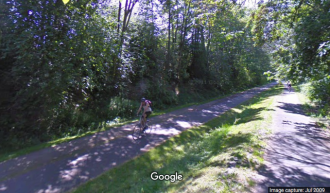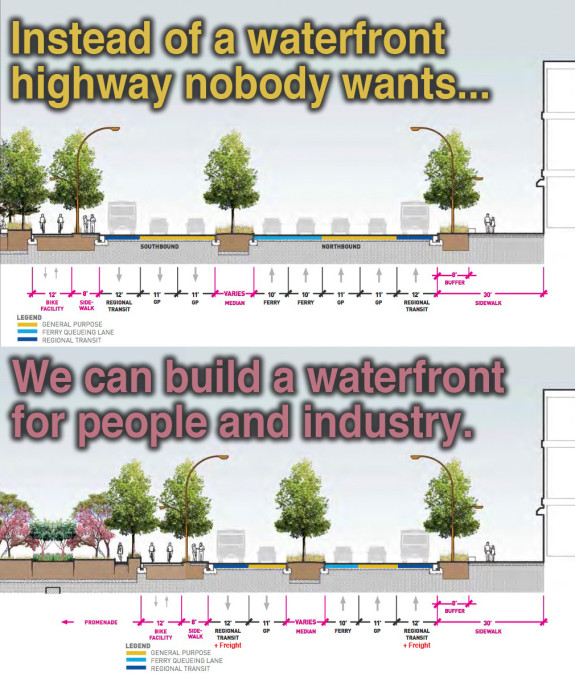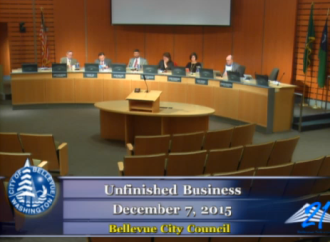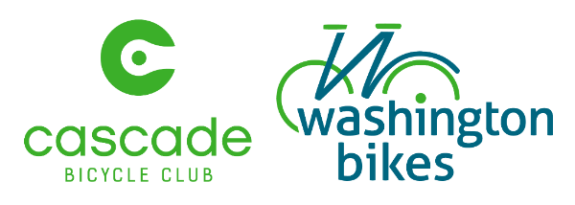Imagine a direct, fully connected and protected bike route from Roosevelt and Green Lake all the way to downtown. The city is studying how to make it happen.
And not only could the project fix some consistently dangerous collision hot spots, but the project would also fill in the last major missing piece in a complete Lake Union bike loop. This is guaranteed to become a major commuting and tourism draw, revolutionizing non-motorized transportation in the city and opening up Eastlake businesses to visitors like never before.
But that’s not all. The bike lanes can also come side-by-side with significant transit efficiency improvements connecting some of the most densely populated neighborhoods to our state’s biggest and fastest-growing job center.
SDOT presented three concepts for improving surface transit service between Northgate and the city center (you can see more details in this PDF):
- RapidRide – The cheapest option, this would be like our existing RapidRide service. Better bus stops and buses, a signal priority system, consolidated stops and not much else. For the rest of this post, we will ignore this option because it does not include significant biking and walking safety improvements. Sharrows on Eastlake Ave? Immediate disqualification.
- Targeted Investment – Basically RapidRide+. This option includes that RapidRide stuff, but also makes some changes to roadway design, including queue jumps for buses and bus lanes in select locations to help get buses around the worst traffic jams. This option could also come with bike lanes. Peak-hour transit speeds would improve 38 percent north of Denny, but only 10 percent south of Denny.
- Full BRT – Significantly more expensive that the RapidRide+ option, a full BRT option would involve major remakes of the roadway in order to provide transit-only lanes for nearly the entire length of the route. Plans presented also include bike lanes for the entire length of the route. Peak-hour transit speeds would improve 200 percent north of Denny. But the biggest improvement comes between Denny and Downtown (on Stewart/Virginia): 900 percent improvement in transit speed.
I know what you’re thinking. “Why even continue writing? Obviously we want Full BRT and bike lanes the whole way!” Well, you’re right. But there’s more to report, so stick with me. (more…)












